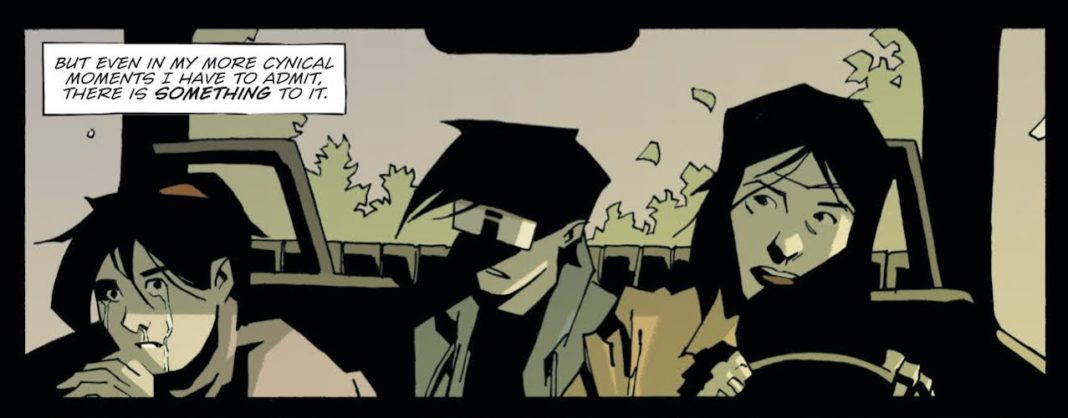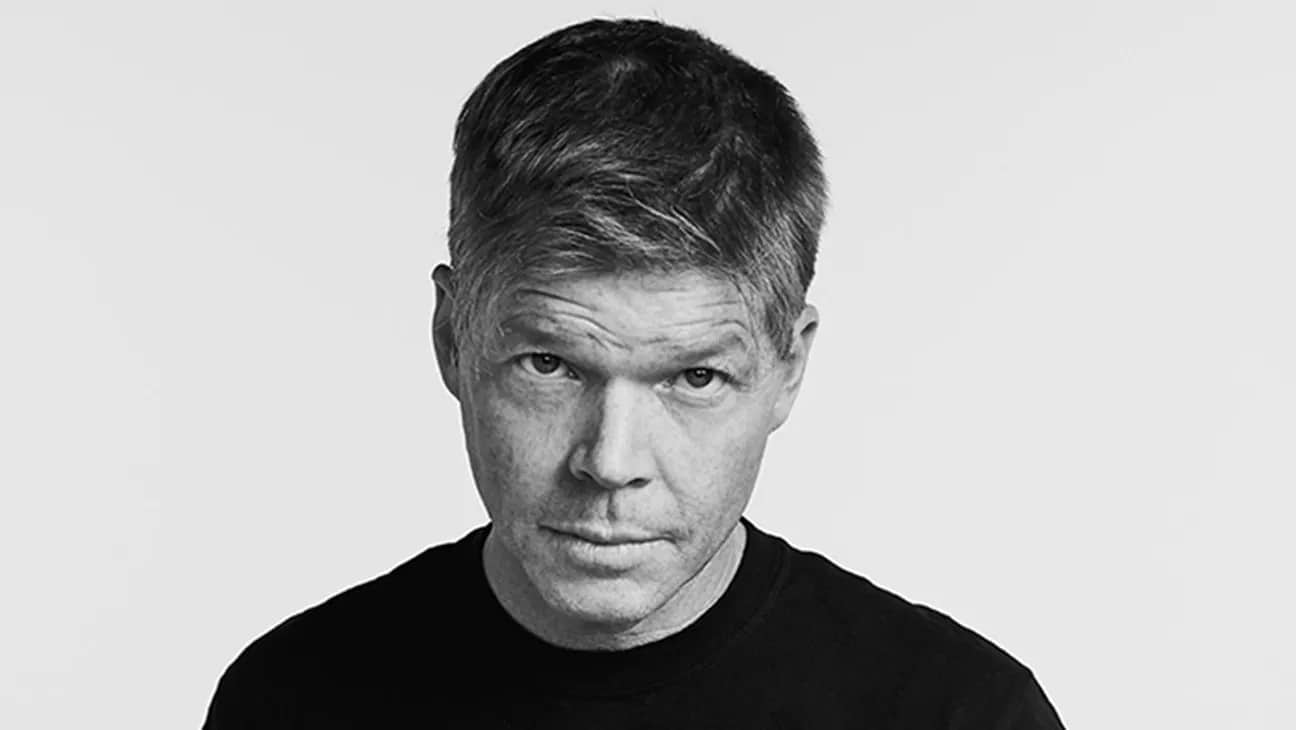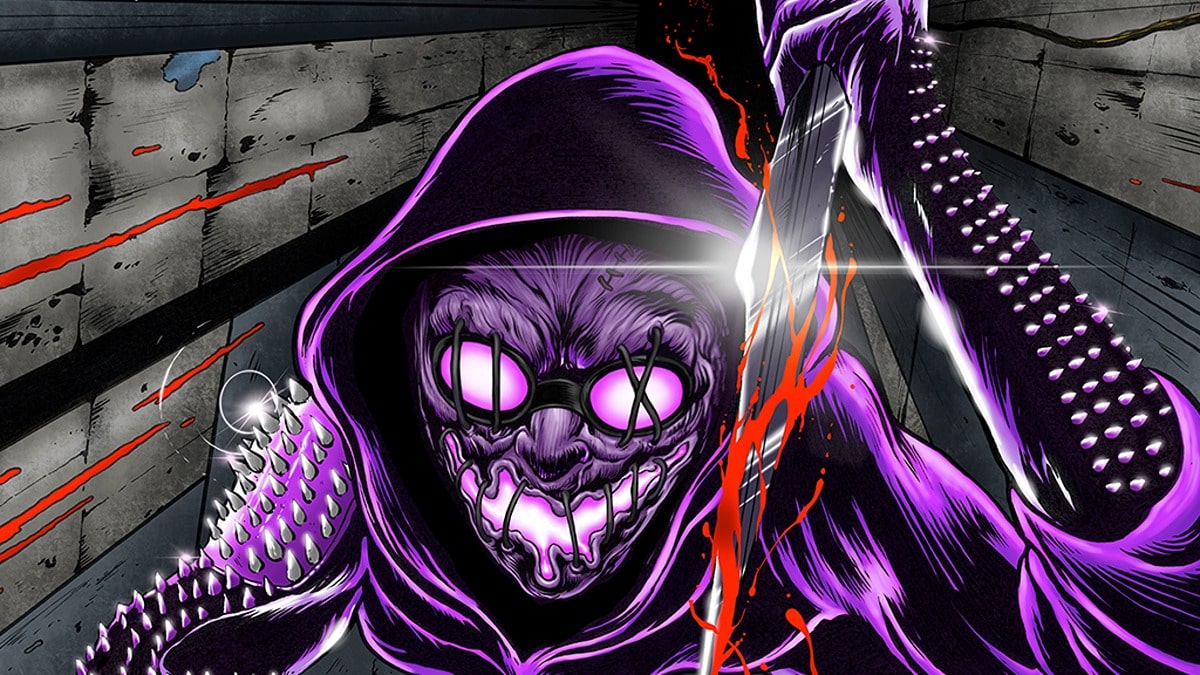Jeff Lemire has long been one of my favorite cartoonists, and he’d one of the few fast enough and talented enough to balance writing and drawing his own comics while also writing series for other artists. Lemire excels at working with artists of all different styles, but I was especially excited to see him work with Phil Hester. They both illustrate rougher, gritty worlds, and I was interested in how they’d pair together. Turns out, they pair extremely well! After reading the first issue I was thrilled to interview Jeff Lemire about his series where shows Nature seems to take Earth back from the humans.

What made Phil Hester someone you were excited to make comics with?
I have been a big fan of Phil’s for a while. I read his run on Swamp Thing with Morrison and Millar back in the day, and from that point on, I was a fan. More recently, it was his work on Shipwreck with Warren Ellis that really hit me. It was so bold and evocative, and I had been working in the ideas for Family Tree when that book launched, so I really started to think about Phil’s art a lot when I was writing.
Did partnering with Phil affect the plans you already had for the series?
I knew Phil was the artist as I started on the scripts, so I was writing with him in mind. The character of Judd especially was a “Phil Hester” character in my mind. I saw one of Phil’s faces when I was writing Judd for sure.

Phil’s art shares some sensibilities with yours, having a similar roughness to it. How does writing a comic for someone with a similar art style compare to writing for an artist with a very different style?
It’s interesting that you say that. Honestly, I don’t see the similarities. Phil’s work is all about shadow and shape. My art is all about thin line work with rough blacks spotted on it. It’s quite different to me. I guess there is a similarity in that we both have a very distinct style. At any rate, these things are subjective, so if you see a similarity between Phil and I, I will take it, that’s good company.
I can’t say that writing for different artists really changes the way I script or write the issues, no more than an artist would change their style when drawing for a different writer. The subject matter I choose to write about, or the overall story and idea is definitely shaped by who I am working with though. So that’s more in choosing the right collaborators for the project. Once we get rolling, I write the way I write.

You hired Will Dennis as the editor of Family Tree. What does he bring to the project?
Will has been working on all my Image projects with me for the last couple of years. It got to the point that I had three or four Image books going and I just couldn’t keep up with everything, and still have the time I need to write the actual books.
I met Will back when I was working at DC and Vertigo, of course. He was a staple at Vertigo when I was doing Sweet Tooth, and we hit it off right away, even though he never directly edited any of my projects back then.
I love Will, he’s a great guy and a great editor. He’s really smart, and he and I have very similar tastes in story, art and comics. He knows when to step in, and when I need help with something, and when to back off and let the creators create.
He was also instrumental in helping to assemble the rest of the creative team around Phil and I, and in the design and look of the book as well. Will and letterer Steve Wands are the anchors for sure.

Do you pace horror comics differently from stories set in other genres?
Not really. The trick with working in any genre is not to treat it like that genre. If you do, you just fall into tropes and patterns and the familiar. And horror, in particular, needs to feel unfamiliar and uncomfortable if it is really going to resonate. I generally approach all of my genre books the same way, as emotionally driven character pieces. And any genre element, whether its horror, or super heroes, or whatever, need to service that, not the other way around.
Similarly to Animal Man, this is a horror story centered around family. What appeals to you about that dynamic?
Almost everything I do is centered around a family. It’s just a dynamic I am really drawn to. The things that can tear a family apart, and the bonds that keep people together despite extraordinary circumstances. The parent/child dynamic is also very appealing to me as a father myself. I try not to overthink why I keep going back to particular subjects and themes, I don’t want to ruin it by analyzing it. I think any artist is drawn to the same ideas, imagery and themes.

As of the first issue, the narrator can still be any member of the Hayes family. What made you decide to leave the narrator’s identity ambiguous?
Mystery is a great way to drive a story. In this case, that narration really tied the book together and it will start to really tease and hint at things to come in the book in a fun way. But, it being a mystery, I can’t say much more.
You’ve worked for a number of different publishers, but now mostly make comics for Image and Dark Horse. What makes them good homes for your work?
Freedom. Freedom to create and be myself. It really comes down to that. Both publishers are very supportive of my projects, and there is a comfort level now as well, after five years of working with each.
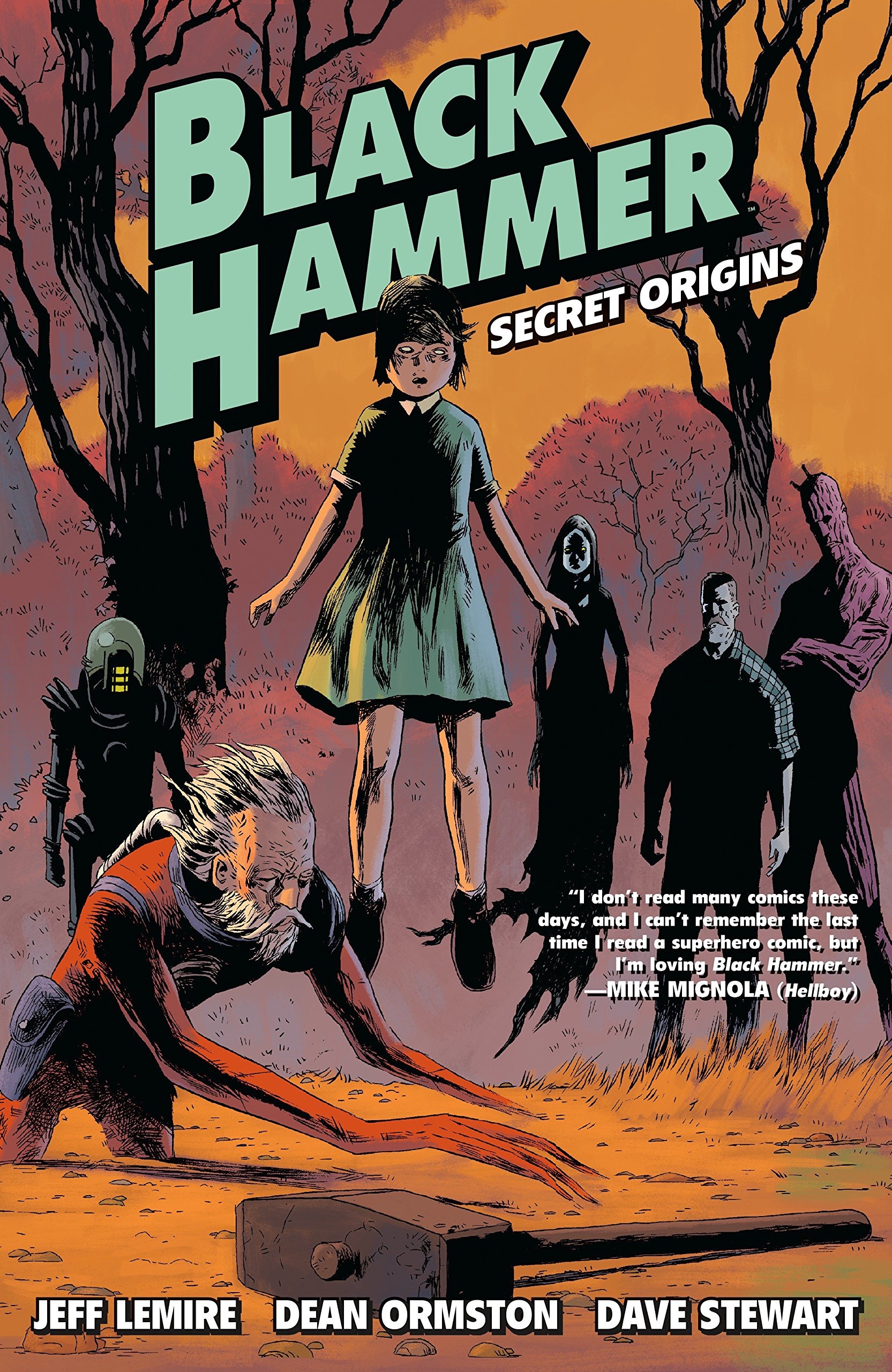
When deciding on a publisher, what makes some projects appealing to create at Dark Horse and others at Image?
That really comes down to history. I had originally pitched Black Hammer to Diana Schutz at Dark Horse back in 2008, when I was thinking of doing it myself as my follow up to Essex County. Dark Horse loved it and wanted to do it, but I also got Sweet Tooth greenlit at that time. I decided to draw Sweet Tooth at Vertigo, but years later, when it came time to get some creator-owned books rolling, I felt that it was only right to take Black Hammer to Dark Horse, since they were so supportive back in 2008 when I was a relative nobody in the comics world.
So, I decided to do the Black Hammer stuff at Dark Horse, and all my other creator-owned projects at Image. The exception was the recent Berserker Unbound project at Dark Horse, but that was a very specific project that Mike Deodato and I felt fit really nicely at Dark Horse.
Moving forward, for the foreseeable future anyway, I see all my creator-owned books being through Image and the Black Hammer stuff at Dark Horse. It’s a nice balance that is working well.
You’ve stepped away from Big Two comics, except for your work on The Terrifics. What makes that title worth continuing to write?
I am actually not writing that one anymore. The great Gene Luen Yang has been writing The Terrifics for a while now. I do have a few DC books in the hopper, the two Black Label books, The Question: The Deaths of Vic Sage, with Denys Cowan and Bill Seinkewicz, and The Joker: Killer Smile, with Andrea Sorrentino. I am also continuing to work on The Inferior Five with one of my comics heroes, Keith Giffen.
But the two Black Label books are fully written at this point, and off my plate, so aside from Inferior Five, I am finished with work-for-hire for the foreseeable future. Right now my creator owned books; Ascender, Gideon Falls, Family Tree and Black Hammer are keeping me more than busy. I am also drawing a new graphic novel for 2021, probably for Image, and showrunning and writing the Essex County TV show, which will start filming here in Canada in April, and the Black Hammer adaptation for Legendary. So, I don’t see any more DC or Marvel work in my immediate future.
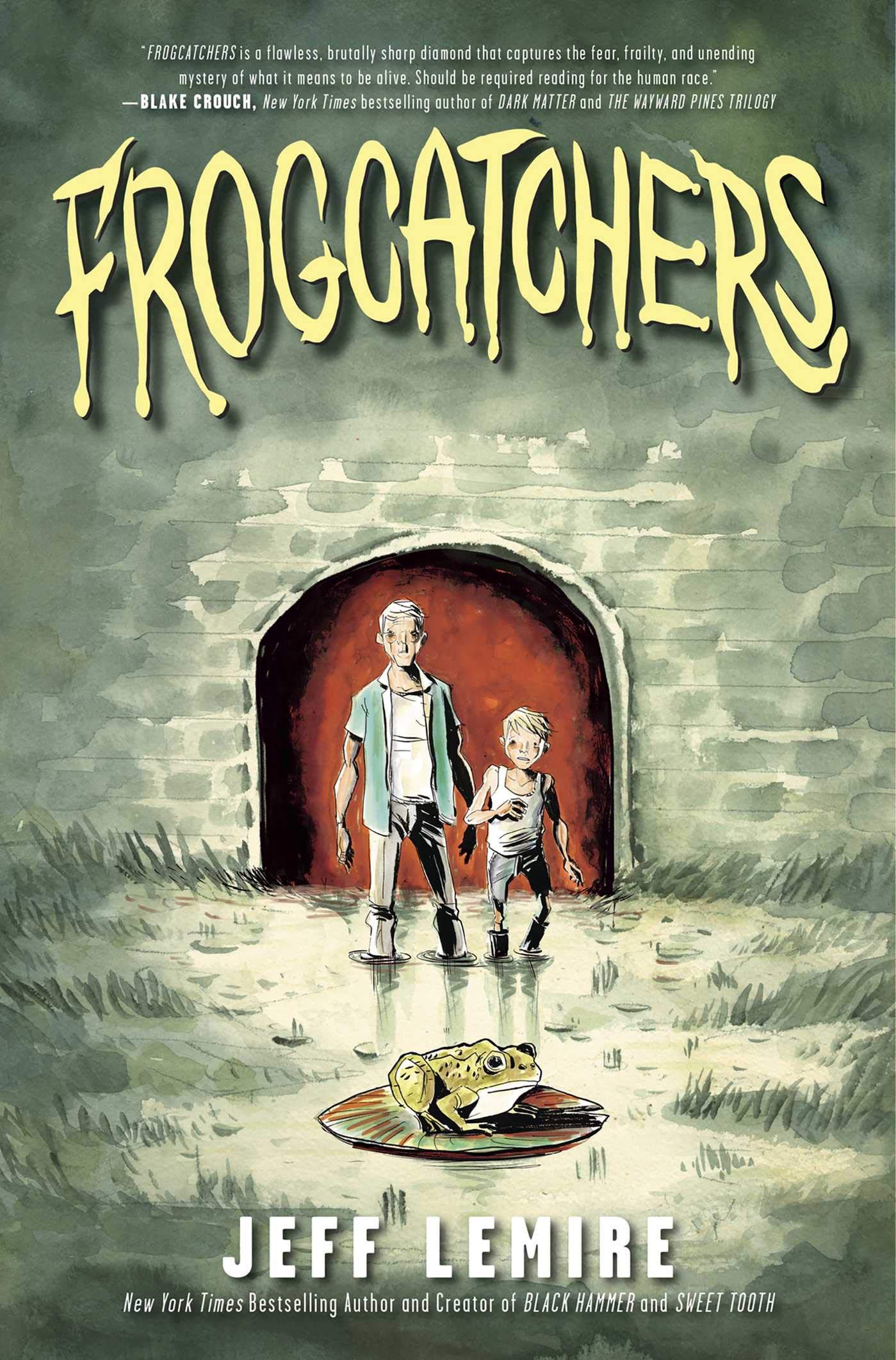
You seem to be in a groove right now, releasing great comics with a devoted readership. Do you feel like you have exactly the career you want in comics, or is that an ever-moving target?
This is it. This is beyond the dream. All I ever wanted was to make comics on my own terms. I am finally at a point where my creator-owned stuff is successful enough that I can do the projects I want, on my own terms, and I don’t need to do any Marvel or DC stuff to supplement my income. I get to wake up every day and make my own comics, in my own worlds, with a group of incredibly talented collaborators and creative partners.
Anything else at this point is just a bonus. This is exactly the career I wanted. I feel incredibly lucky, and grateful to all the retailers, readers and librarians that make it possible.
Thanks to Jeff Lemire for the interview. Follow him through his blog and on Twitter @Jeff Lemire. Family Tree #1 releases on November 13. Pre-order it with the code SEP190021.
Matt Chats is an interview series featuring discussions with a creator or player in comics, diving deep into industry, process, and creative topics. Find its author, Matt O’Keefe, on Twitter and Tumblr. Email him with questions, comments, complaints, or whatever else is on your mind at [email protected].


